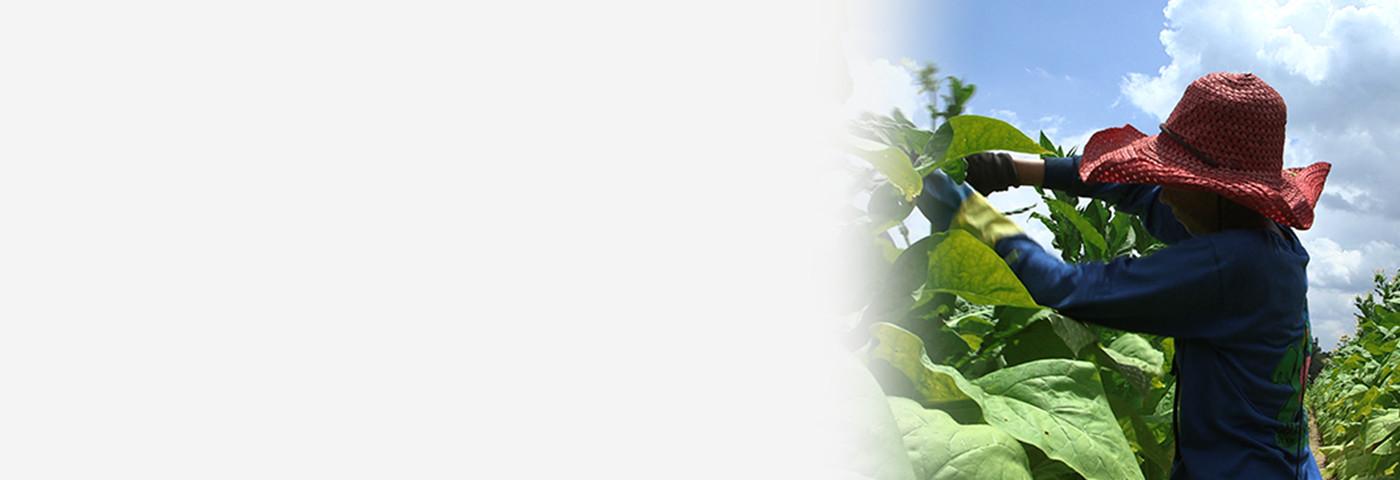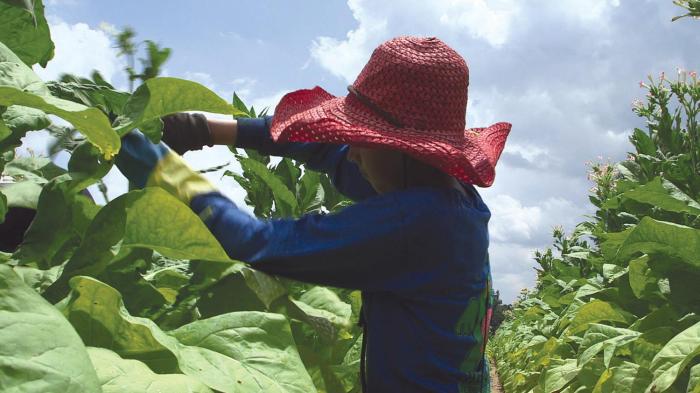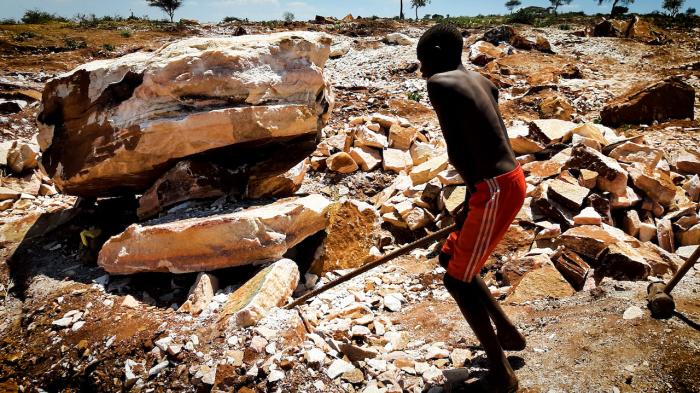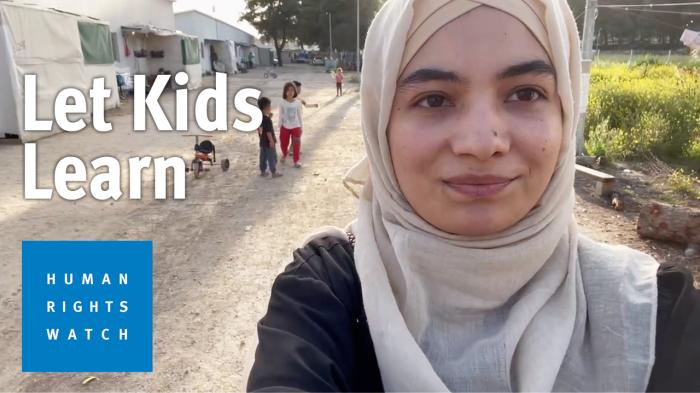Child Labor
160 million children, almost 1 in 10 worldwide, are engaged in child labor, with 80 million working in hazardous conditions in agriculture, mining, domestic labor, and other sectors. On tobacco farms, children work long hours in extreme heat, exposed to nicotine and toxic pesticides that can make them sick. In Africa, Asia, and Latin America, child laborers in artisanal and small-scale gold mines work underground in pits that easily collapse and use toxic mercury to process the gold, risking brain damage and other serious health conditions. We are working to end the worst forms of child labor and to ensure that all children are protected from jobs that interfere with their health, safety, and education.
-
Americas
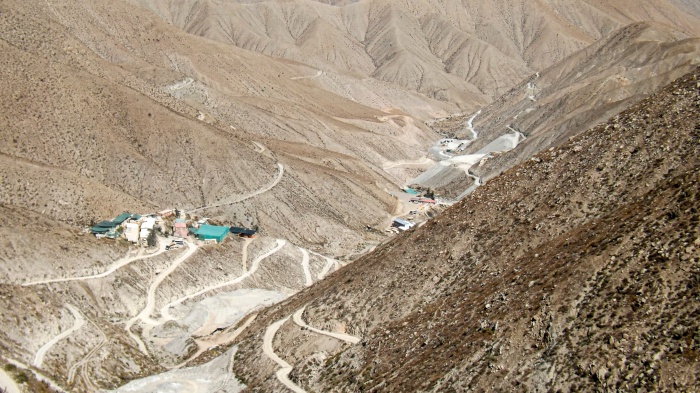
Videos
Videos-
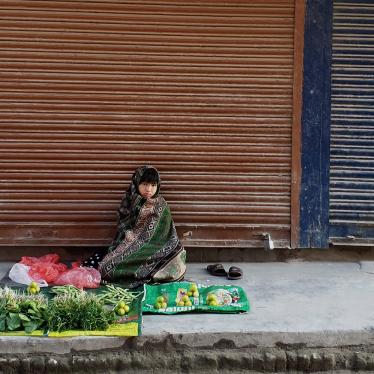
-
November 24, 2020
Sparkling Jewels, Opaque Supply Chains
Jewelry Companies, Changing Sourcing Practices, and Covid-19

-
June 11, 2019
“There Is Enormous Suffering”
Serious Abuses Against Talibé Children in Senegal, 2017-2018
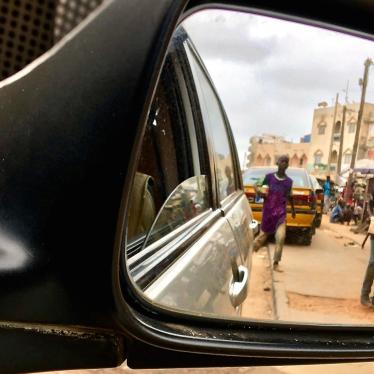
-
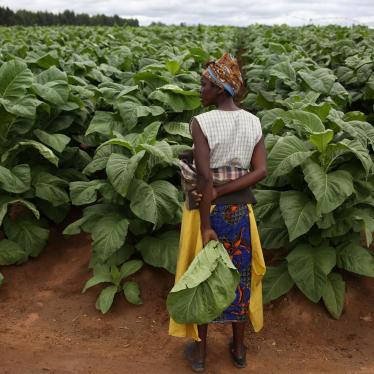
News
-
November 18, 2024
Ghana: Submission to the UN Committee on the Rights of the Child
100th Pre-Sessional Working Group
-
November 18, 2024
Uganda: Submission to the UN Committee on the Rights of the Child
100th Pre-Sessional Working Group
-
December 19, 2023
10 Good News Stories for Kids in 2023
Despite a Difficult Year, Children’s Rights Made Progress
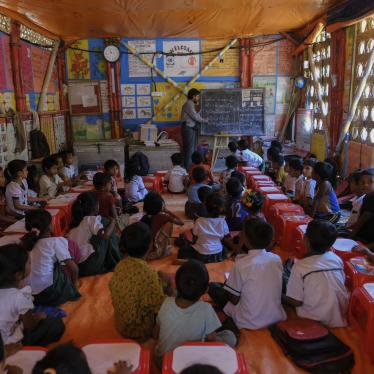
-
December 18, 2023
Political Deal on EU Corporate Accountability Law is a Step Forward
European Institutions Should Adopt Law Swiftly, Stand Up to Lobby Groups
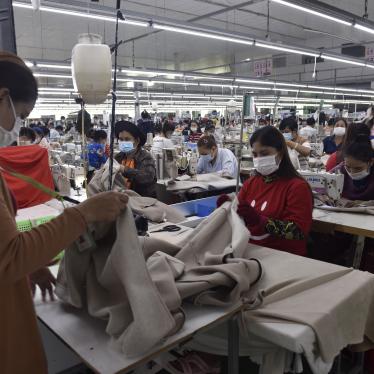
-
September 15, 2023
The US Is Not Protecting Its Children

-
September 7, 2023
No US State Meets Child Rights Standards
Updated Scorecard Shows Improvement, but Many States Still Fail Children

-
-
June 12, 2023
US Lawmakers Move to Protect Child Farmworkers
New Legislation Would Close Gaps in US Labor Law
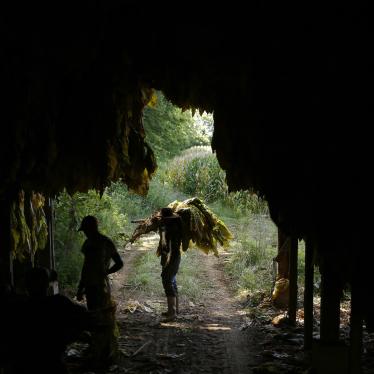
-
June 9, 2023
Germany’s Rush for 'Critical' Minerals is a Human Rights Challenge
Mining for Energy Transition Should not Come at Expense of Rights

-
